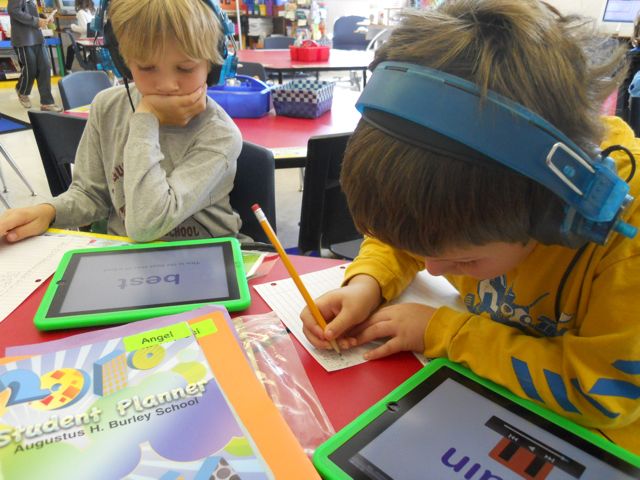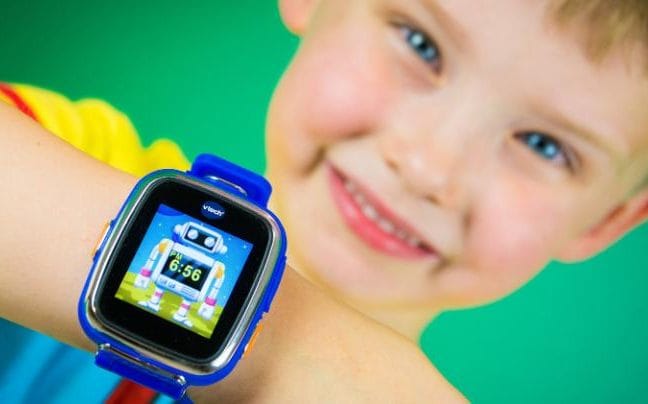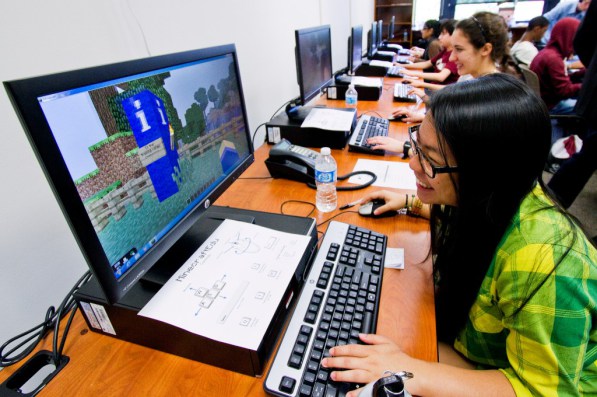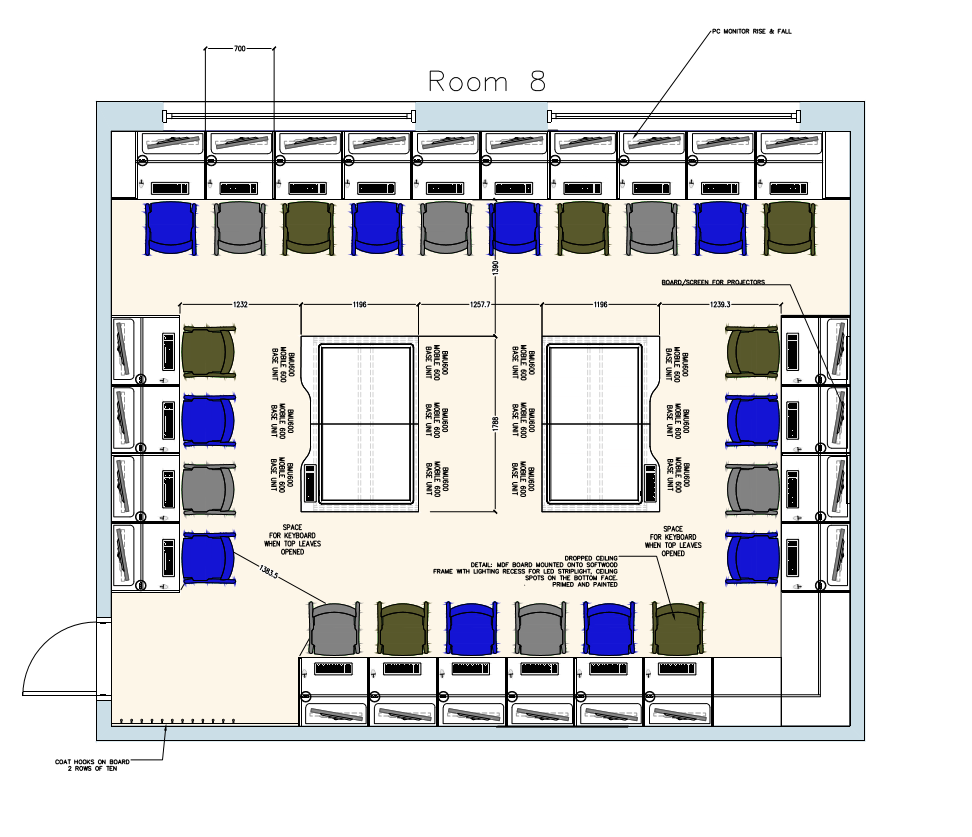How Technology can Transform the Layout of the Classroom
Many classroom layouts would not look out of place in a Victorian school - with row upon row of students facing a teacher. Despite advances in technology and ever-evolving curriculum's, many schools have resisted the urge to drastically rethink classroom design.
In this article, we’re going to examine the ways that technology could impact the physical landscape of our classrooms. But firstly, let’s take a closer look at the types of technology that are making waves in education…

Image credit
iPads and Tablet Technology
Despite being a relatively new technology, iPads and competing tablet devices are already overhauling teaching methods in schools throughout the UK. More than three quarters of our secondary schools have implemented tablet technology in the classroom according to a report by BESA released earlier this year. This represents a huge growth for a technology which was barely present in schools before the introduction of the iPad in 2010.

Image credit
Wearable Technology
Definitely a hot topic in the technology world at the moment, wearable tech hasn’t been widely adopted but many experts think that’s about to change. With the rise in wearable tech, fitness apps, tracks and heart rate monitors, a report commissioned by Soreen as part of their Soreen Squidgy Fun initiative – in partnership with the Youth Sport Trust suggests that new fitness technologies and developments are set to enhance the nation’s fitness levels.
This would increase a higher engagement rate with a stronger connection to the lesson and subject by the pupils, as well as encourage a more seamless relationship between the theoretical and physical aspects of sport – without dividing the endeavours between the classroom and the field.

Image Credit
Video Gaming
The rise of indie gaming has led to innovative individuals and small groups developing unique and interesting games to compete with massive “shoot-em-ups” and sports titles. Educators have come to realise that many of these titles can benefit the academic progress of students – educating them in physics, maths and other subjects.
One hugely popular independent game, Minecraft, has accidently become a globally-recognised education-tool. The MinecraftEdu movement is helping schools effectively implement the game into classrooms to benefit students.
So How Could Our Classrooms Change?
The integration of tablets, wearable technology and video games could drastically change the layout of our classrooms. In essence, this type of technology encourages more flexible learning spaces.
Traditionally, in a classroom environment there is a single point of focus – the teacher. Switch this up, by introducing technologies which allow students to take a more active role in learning, and suddenly the requirements of the room are very much altered.
Without one central point of focus, a classroom’s layout doesn’t need to be fixed. With lightweight furniture, it can quickly be restructured to meet the varied demands of teaching and learning styles, age groups and subjects. Classrooms could be used to their fullest potential with the help of well-implemented technology.
A more fluid layout can help accommodate a greater number of practical and theoretical learning practices within the classroom. Teachers armed with iPads can move throughout the tables and rows – giving students more personalised support.
Integrating new technology into our classrooms should ultimately always be done with the students’ best interests in mind. There should be no reason for technology to complicate the physical landscape of our classrooms – instead, technology can and should have a positive impact to help create inspiring learning spaces.


